
That time when Toronto had hotels to marvel at
Among the more obvious if rarely discussed ways in which Toronto has changed over the last century is the steady reduction in independently owned hotels.
While the motel has disappeared from the urban landscape, the hotel has undergone a steady shift towards corporate ownership, a trend which has resulted in an architectural homogeneity that's robbed the city of some character.
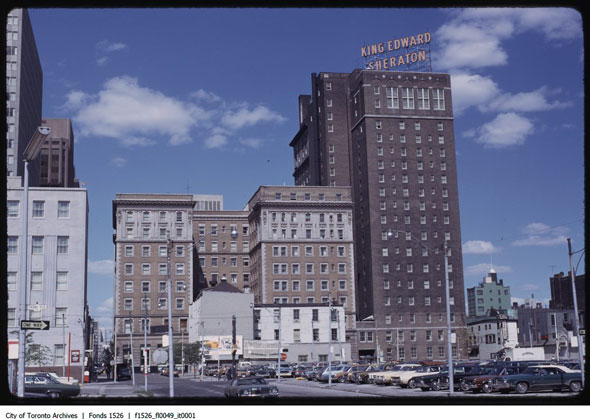
There are exceptions to be sure. Even as icons like the Royal York and King Edward Hotels are part of corporate conglomerates, they remain rich elements of the city's architectural legacy and continue to be major tourist draws.
They represent a bit of old Toronto that we all tend to appreciate, even if we don't regularly use them.
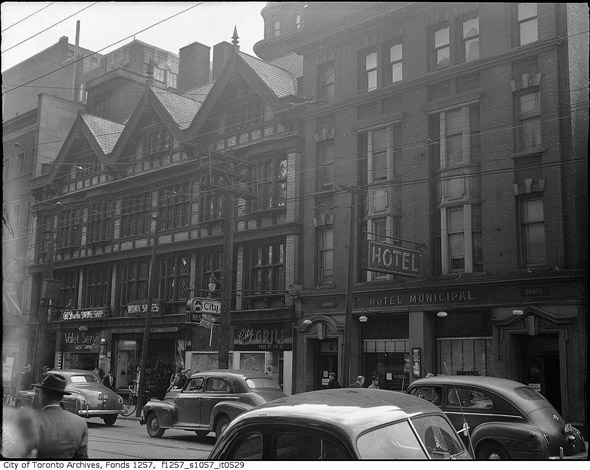
If you rewind to the turn of the 20th century, Toronto is a city full of midsize hotels, many of which are owned by local entrepreneurs.
Quite a few of these buildings remain, though only a handful like the Gladstone still operate as hotels. Many of them were ornate structures with architectural styles that conferred the importance of the establishment.

The Scholes Hotel near Yonge and Queen is a good example of such a place. It was eventually replaced by the Colonial Tavern, which itself was demolished in the late 1970s, but when it occupied the site at 201 Yonge St. it was every bit as stunning as the two banks that flanked it. How incredible is that sign?
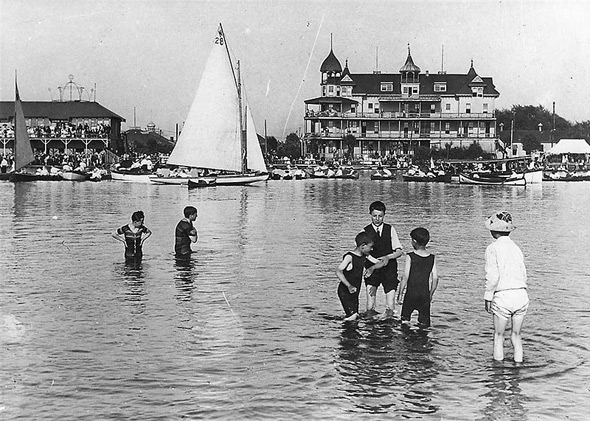
But there were so many more. The magnificent Second Empire Hanlan's Hotel was a major attraction on the Toronto Islands. It burned down in a fire in 1909 and was never replaced.
Others like the Walker House at Front and York streets were demolished to pave the way for redevelopment as the the city's Financial District grew in the 1970s and '80s.
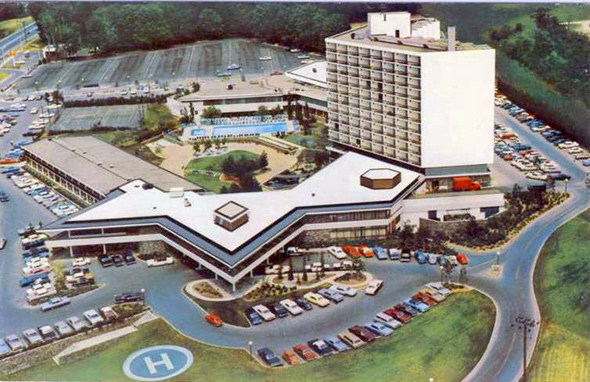
Even during this period, however, there were luxury hotels that differ from what we have today. When the Sutton Place Hotel opened in 1967, it announced a new brand of luxury for the city. The same could be said of the Inn on the Park. These were hotels with pomp, but they ultimately didn't last very long.
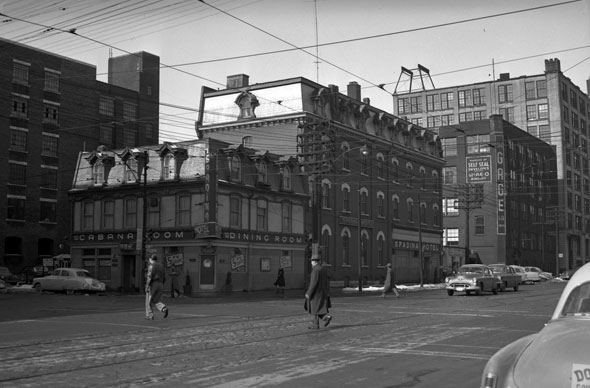
It would be a lengthy task to document all the old hotels that lined the streets of Toronto. People who grew up in the 1960s and '70s would recall such buildings as a far greater presence on the streetscape, even as many of them had fallen into decline during the later half of the 20th century.
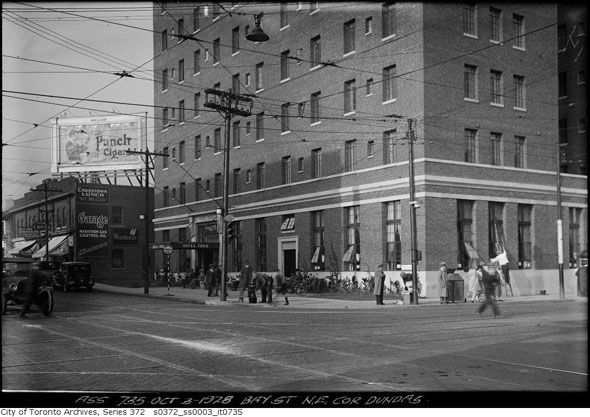
Toronto still has luxurious hotels, but they tend to be bigger and centralized in ownership. The very concept of the boutique hotel arose as a way to distinguish smaller, architecturally unique establishments from their corporate counterparts. There was a time, however, when what we consider a boutique hotel today was the norm in Toronto.
Additional photos
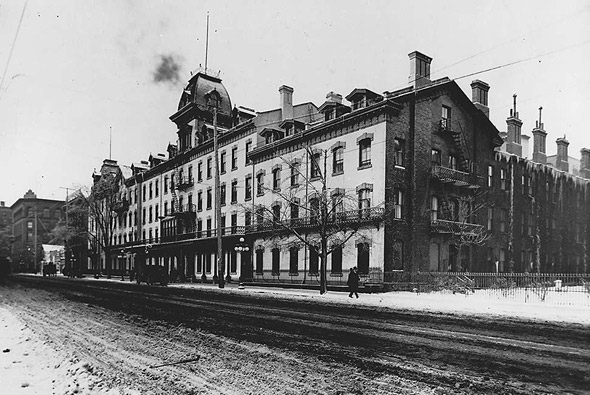
Queen's Hotel (which occupied the current site of the Royal York)
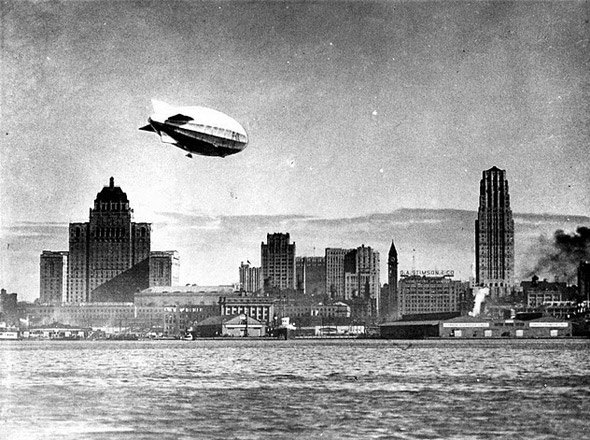
Royal York Hotel
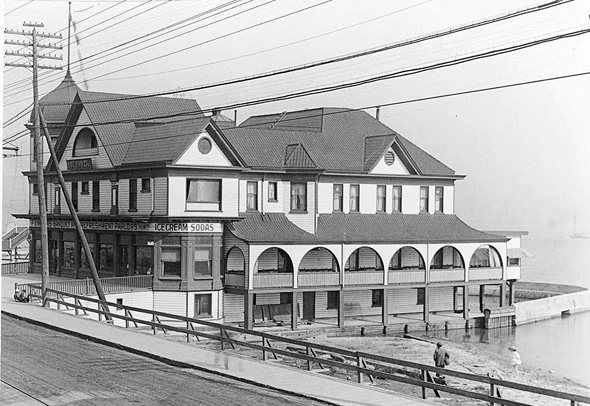
Meyhers Hotel in Sunnyside
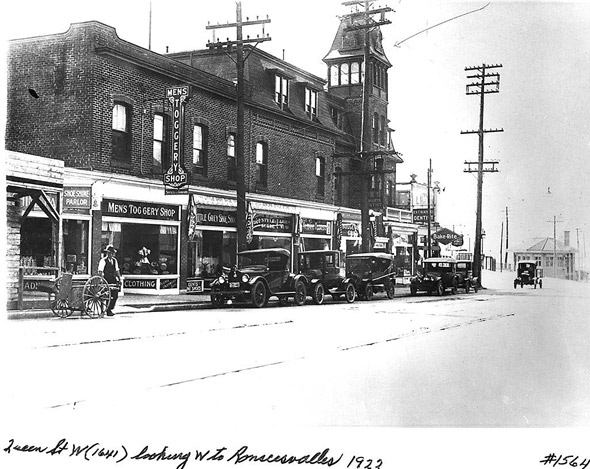
Ocean House Hotel (still standing at Queen/King and Roncesvalles)
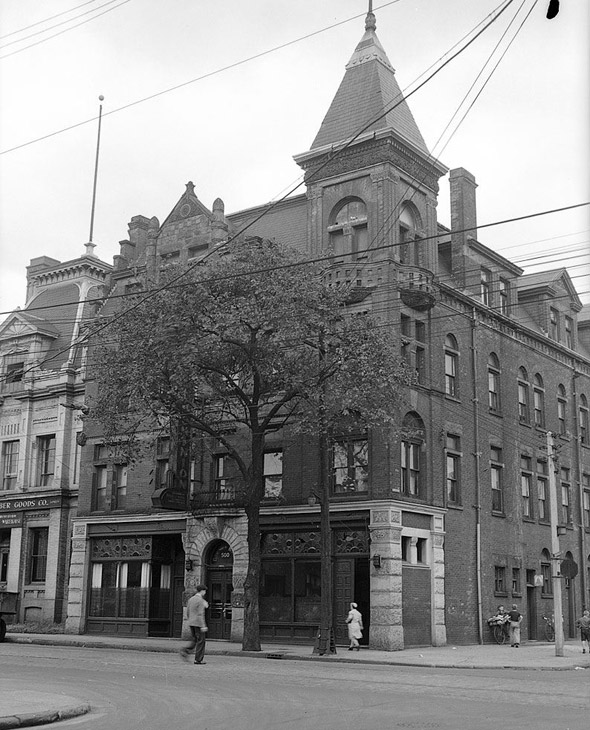
The Dominion Hotel (Queen and Sumach)
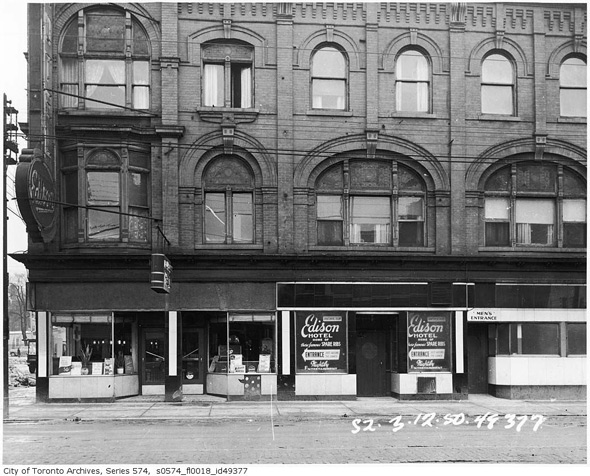
Edison Hotel (Yonge and Gould)
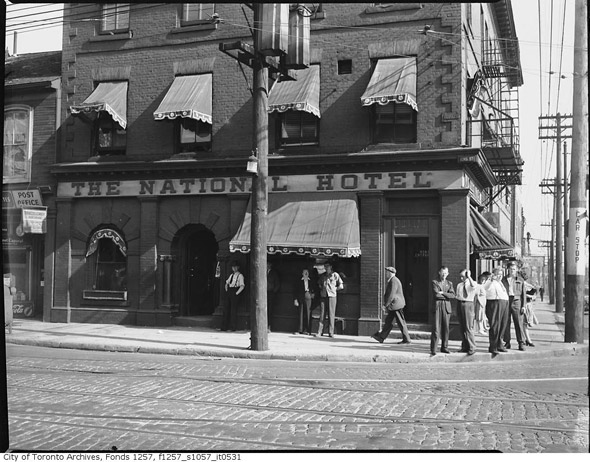
National Hotel (King and Sherbourne)
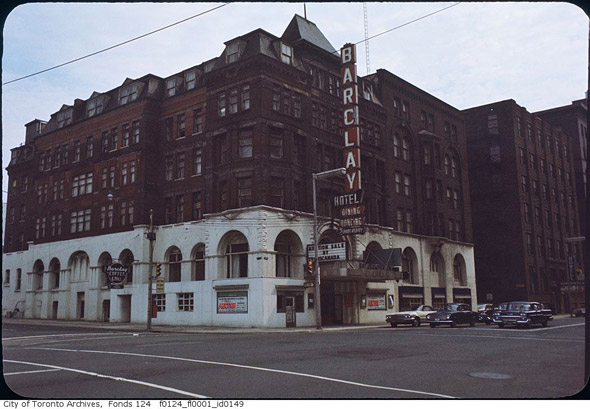
Barclay Hotel (Wellington and Simcoe)
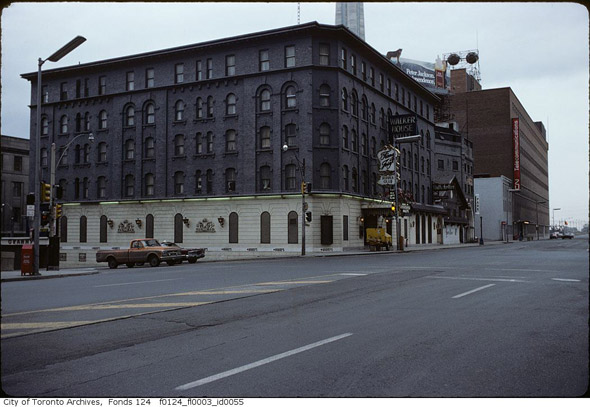
Walker House Hotel (Front and York)
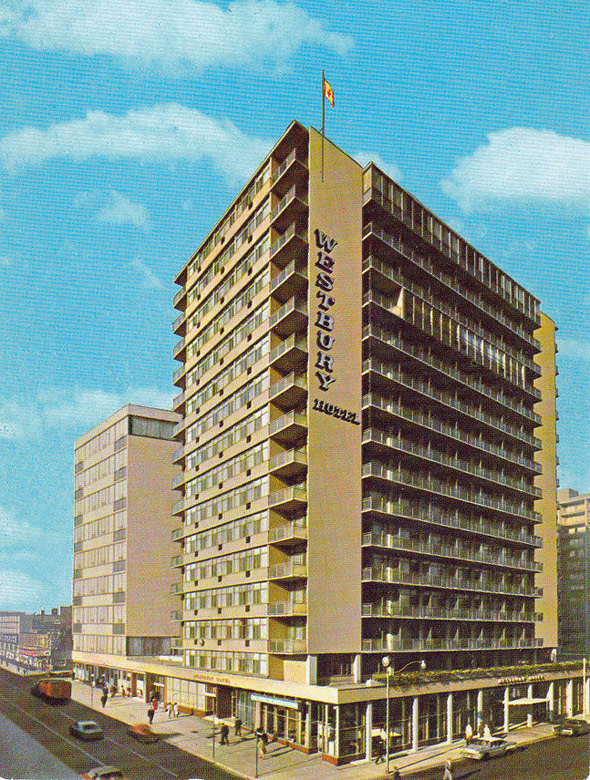
Westbury Hotel (Yonge and Carlton)
Toronto Archives
Latest Videos
Latest Videos
Join the conversation Load comments







